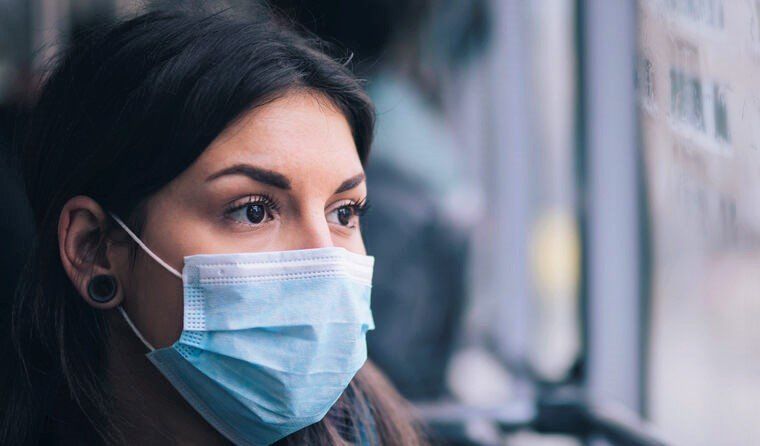to be worn by healthcare professionals and other individuals to protect against respiratory droplets and other airborne particles.
Here's everything you need to know about medical face masks:
How they work
A surgical mask or medical face mask is designed to provide a barrier against respiratory droplets and other airborne particles. They filter out large particles in the air, such as saliva and mucus, but are not designed to filter out small particles like viruses and bacteria.
Regulations and standards
Various agencies regulate medical face masks, such as the Food and Drug Administration (FDA) in the United States and the European Medicines Agency (EMA) in Europe. They must meet specific standards and performance criteria to be approved for use.
Availability
Due to the COVID-19 pandemic, there has been a high demand for medical face masks, which has led to shortages in some regions. It's important to purchase medical face masks from reputable sources to ensure that they meet the necessary standards and performance criteria.
Overall, medical face masks are an essential component of personal protective equipment (PPE) used by healthcare professionals and other individuals to protect against respiratory droplets and other airborne particles. They effectively reduce the spread of infections but should be used with other protective measures, such as hand hygiene and social distancing.
Types of medical face masks
Several different types of medical face masks are available, each with its unique design and level of protection. Here are the most common types of medical face masks:
1.Standard medical face masks
These are the most commonly used medical face masks designed to provide basic protection against respiratory droplets. They are typically made from three layers of material, including an outer layer of spun-bond polypropylene, a middle layer of melt-blown polypropylene, and an inner layer of spun-bond polypropylene.
2.N95 respirator masks
These masks are designed to filter out at least 95% of small airborne particles, including viruses and bacteria. They are made from various materials, including electrostatically charged fibers that attract and trap particles. N95 respirator masks are typically used by healthcare professionals in high-risk situations, such as when performing procedures on patients with infectious diseases.
3.KN95 masks
These masks are similar to N95 respirator masks but are designed to meet the standards of the Chinese government. They are also designed to filter out at least 95% of small airborne particles.
4.ASTM-rated masks
These masks are designed to meet specific performance standards the American Society for Testing and Materials (ASTM) sets. They are rated based on their level of protection, with Level 1 providing the lowest level of protection and Level 3 providing the highest level of protection.
5.Face shields
While not technically a type of surgical mask, face shields are often used with masks to provide additional protection against respiratory droplets. They are typically made from clear plastic and cover the entire face, including the eyes. When purchasing medical face masks, it's important to ensure they meet the necessary standards and performance criteria to provide the protection you need. You can also get a surgical cap online.






















 sunrise
StableDiffusion
sunrise
StableDiffusion
 bonfire friends
StableDiffusion
bonfire friends
StableDiffusion
 sadness
StableDiffusion
sadness
StableDiffusion

 purple skies
StableDiffusion
purple skies
StableDiffusion









